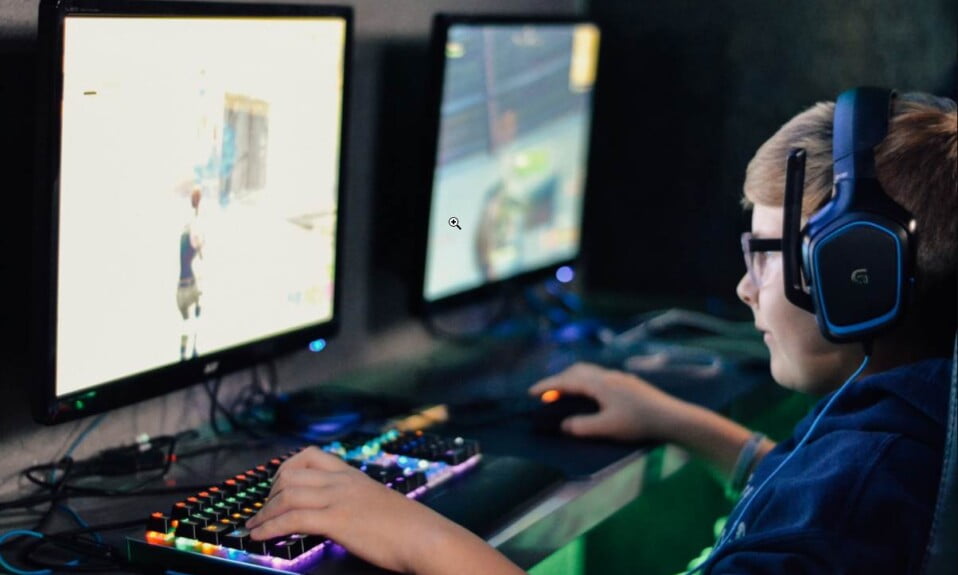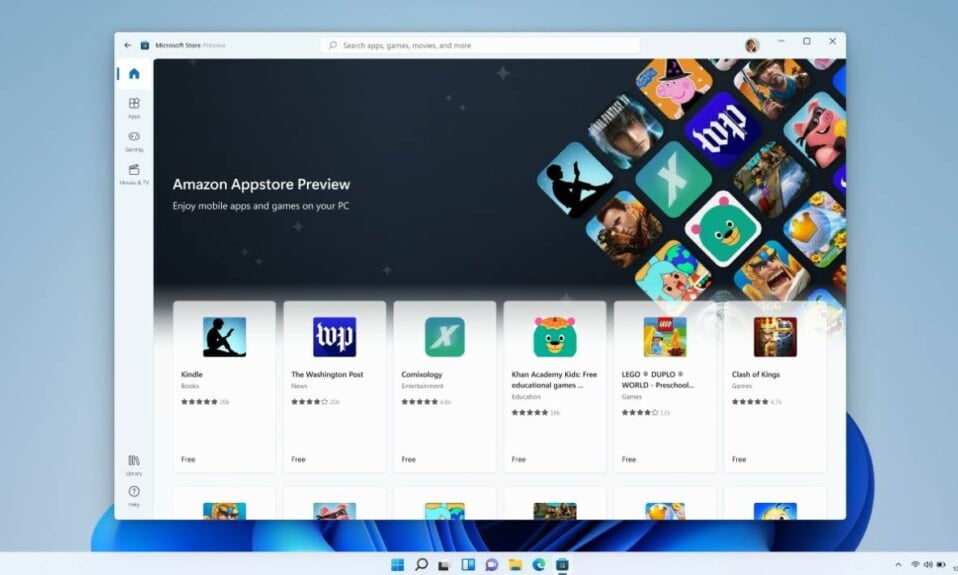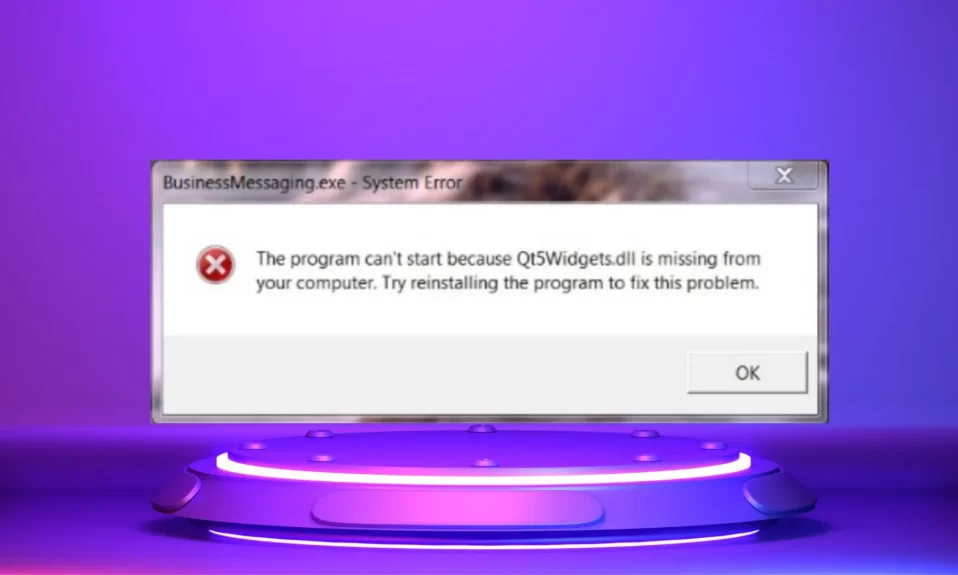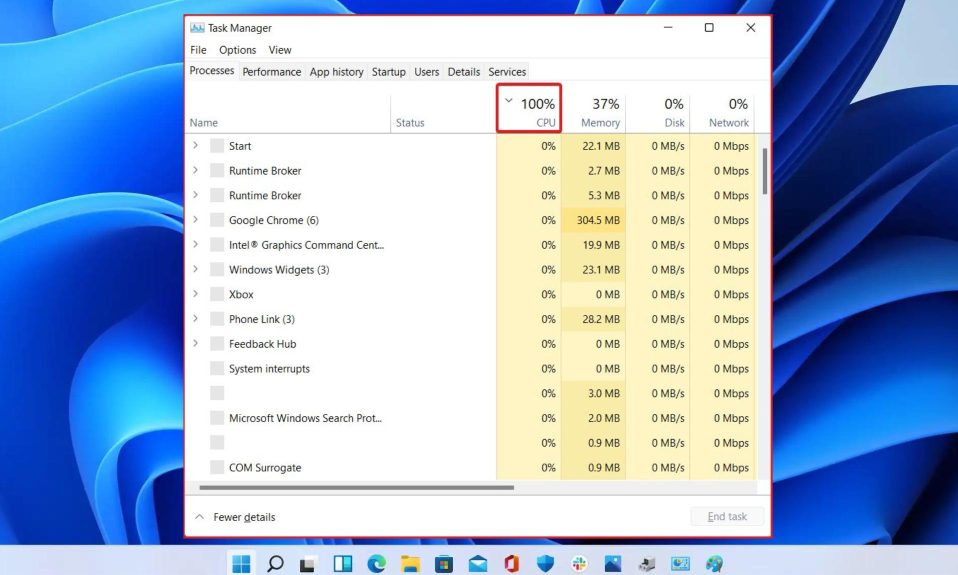Enjoying the best graphics the industry has to offer is part of the appeal of PC gaming. When your frame rate is low, however, it’s difficult to enjoy a game at all.
We’re here to help if your latest purchase isn’t running smoothly on your PC or if you’re having trouble with games in general. Here’s how to get back to high-quality gaming in Windows by fixing low FPS issues.
Difference Between Low FPS and Network Lag
It’s important to understand the difference between low FPS and online lag before you spend time trying to fix low FPS on your PC. These are frequently mixed up.
Something is wrong with your computer if you have a low FPS. Even when playing an offline game, you’ll know you have an FPS problem if your games stutter like a slideshow.
Make sure you know what monitor refresh rates and frame rates are so you can get the most out of your display and games.
Lag, on the other hand, is caused by a network problem. You can have a high FPS count and still have a lot of lag. This happens when players in an online game suddenly freeze, wrap around, or otherwise behave abnormally.
If you’re experiencing online lag, make sure you’re using an Ethernet cable to connect to your router. You should also check for common issues that slow down your connection, such as bandwidth-hungry apps running on your network.
How to Fix Low Frame Rate?
Let’s start with a few basic fixes that will help you improve frame rates. When you’re wondering why your game’s FPS is so low, these tweaks will almost always help.
Fix 1: Update Your Drivers
Drivers are small pieces of software that manage the connection between your computer and the hardware it connects to.
The majority of PC users do not need to worry about updating their systems, but gamers are a different story. Out-of-date drivers can cause problems with gaming performance.
Although the chipset driver is important, the graphics driver is the most important for consistent FPS in games.
Depending on what graphics card you have, go to Nvidia’s or AMD’s driver pages to update your graphics driver. Run Intel’s driver update tool if you’re using integrated graphics (though remember that using integrated graphics will severely limit gaming performance).
Instead of manually downloading drivers, Nvidia and Intel both provide software utilities that automate the process.
These can be found on the above-mentioned driver pages, and we recommend that you do so. They not only notify you when a new update is available, but they also give you access to additional tweaks and features.
Fix 2: Close Unnecessary Background Programs
It’s a good idea to close other processes that you don’t need when you’re playing a game, especially demanding modern titles. This allows your computer to devote more resources to the game.
Close anything open on your taskbar to accomplish this quickly. It’s also worth looking for background processes in the system tray on the right side of the taskbar.
To see what’s eating up your resources, open the Task Manager by pressing Ctrl + Shift + Esc. If you need to expand it, click More details, and then go to the Processes tab to see what’s using resources.
Anything that consumes a significant amount of your CPU, memory, or GPU will inevitably degrade game performance. Before you begin your game, close those.
Even on a good PC, having 30 tabs open in your browser, letting cloud storage apps sync, or running file transfers while trying to play games can result in lower FPS.
Fix 3: Defragment Your Hard Disk Drive
By now, most gamers should have upgraded to a solid-state drive (SSD). However, if you’re still using a hard drive, make sure it’s defragmented. If you have an SSD, you should avoid defragmenting because it will reduce the lifespan of your drive.
To do so, go to the Start menu and type defrag, then select Defragment and Optimize Drives. If the drive hasn’t been defragged in a while, you should do so now.
This is done automatically in Windows 11, so you shouldn’t have to do it manually. You can, however, change the schedule if you want. If you’re still using an HDD, consider upgrading to an SSD as soon as possible for improved gaming performance.
How to Fix Low Game FPS With Windows Tweaks
Let’s look at some Windows settings you can tweak to improve gaming performance now that you’ve completed the basics.
Fix 1: Adjust Power Options
The power options in Windows allow you to change settings related to your machine’s energy consumption.
Windows’ default plan tries to strike a balance between power consumption and performance. This can sometimes result in decreased game performance, especially on laptops.
Switching to the High-Performance plan is a good idea. To do so, go to Settings > System > Power & sleep and then to the right side, click Additional power settings. This will take you to the Control Panel’s Power Options section.
Select Show additional plans then High-performance option, if necessary.
Please keep in mind that this will increase your computer’s power consumption. Aside from a slightly higher energy bill, this isn’t really a problem on a desktop. Laptops, on the other hand, will have shorter battery life.
Fix 2: Turn Off Visual Effects in Windows
Windows comes with a lot of fancy visual effects by default. These improve the appearance of menus and other common elements while using up a small amount of resources.
You can disable these effects because every bit of performance helps when gaming. Unless you have a low-end PC, you won’t see much of a benefit from this, but it’s still worth a shot.
To turn off visual effects in Windows, go to the Start menu and type performance, then select Adjust the appearance and performance of Windows. The Visual Effects tab of the resulting menu contains a list of graphical features that you can enable or disable.
To disable all of these effects, click the Adjust for best performance button, then OK. It will take a few moments for Windows to turn them off. The interface won’t be as slick when it’s finished, but you won’t notice when you’re playing a game anyway.
Fix 3: Disable the Game Bar and Background Recording
The Game Bar feature in Windows 11 allows you to record game clips, take screenshots, and even live stream your gameplay. While it can be useful in some situations, it can also have a negative impact on game performance.
To avoid potential interference, you should disable this feature unless you have a specific reason to use it. To stop it from running, go to Settings > Gaming > Xbox Game Bar and turn off the Enable Xbox Game Bar… slider at the top.
Then, go to the Captures tab and make sure the Record in the background while I’m playing a game toggle is off. Another Windows 11 gaming feature that makes it easy to capture big moments, but it consumes system resources that could be better used for graphical performance.
Fix 4: Enable Game Mode in Windows 11
Switch to the Game Mode tab in the Gaming section of Settings. Confirm that the slider is turned on here.
According to Microsoft’s vague description of Game Mode, it “prioritizes your gaming experience” by “helping achieve a more stable frame rate depending on the specific game and system.” It also stops Windows Update from interrupting your game.
How to Fix Low FPS With In-Game Options
Next, we’ll look at some settings in most games that can help you fix your low frame rate issue.
Fix 1: Change the Game’s Graphical Settings
Most PC games let you change a variety of graphical settings; the exact options vary by game. The more graphical effects you enable for better visuals, the lower your frame rate will be in general.
Reduce the Graphics Quality slider for a general improvement, as less-intense graphics will help the game run more smoothly. Dropping the graphics quality from Epic or Ultra to High, for example, should help a lot.
Individual visual effects, such as reflections and fog, can also be turned off. While these add to the visual appeal of the game, they also put a strain on your GPU. Disable extraneous options like these to improve the frame rate even more.
Also, keep an eye out for options that allow you to limit the number of frames per second. These are useful if your GPU sends out more frames than your monitor can handle, but limiting your FPS will obviously result in a lower frame rate. You don’t want to limit the game to 60FPS if you have a 144Hz monitor.
Consider lowering the resolution if you’re having trouble running a game smoothly. Dropping the resolution from 1920×1080 (1080p) to 1080×720 (720p), for example, will improve FPS. This is a worthwhile tradeoff for games where performance is more important than appearance (such as competitive online games).
Fix 2: Use Fullscreen Mode
You can play in fullscreen, windowed, or borderless windowed modes in most games. Fullscreen is recommended for optimal performance.
This is due to the fact that apps and games in this mode have complete control over the screen output. While borderless windowed is more convenient, the game does not have display exclusivity in this mode, which means the frame rate may suffer.
Fix 3: Repair or Reinstall the Game
If you only have FPS issues with one game, it’s possible that corrupted files are to blame.
Certain games may have a Repair option (on Steam, this can be found by right-clicking, going to Properties > Local Files, and selecting Verify Integrity of Game Files) that can help.
Either way, you can try reinstalling the game to check if that improves performance.
Hardware Fixes for Low Game FPS
If you’ve tried everything above and your games are still running at a low frame rate, your hardware is most likely the problem.
In this case, you may want to consider upgrading your graphics card and other hardware to achieve higher frame rates.
Fix 1: Consider Overclocking Your Components
If you don’t have the funds to upgrade your PC’s components right now, overclocking your existing hardware may be an option.
This allows you to get a little more power from what you already have for almost no money. Overclocking may appear to be risky, but it is completely safe if done correctly.
Fix 2: Upgrade Your Hardware
While the aforementioned tweaks are beneficial, they all have their limits, including overclocking. No matter what software changes you make, if your PC’s hardware is outdated, you may experience low game FPS.
It’s time to upgrade your hardware in that case. You may require a more powerful video card capable of handling higher-quality games, additional RAM to keep the game running smoothly, or a more powerful CPU.
Don’t forget that heat can have an impact on your hardware. If you’re having FPS issues after playing a game for a while, it’s possible that your system is overheating.
Open up your system and clean out any dust that has accumulated inside. You should also check that your computer has enough airflow.
The Bottom Line
We’ve looked at a few ways to improve your PC’s FPS. Hopefully, a combination of these will help you get your frame rate back to where it should be.
Finally, FPS issues are caused by a lack of system resources. This is true whether your computer is wasting resources on other processes or features, or if it lacks sufficient power, to begin with.
We hope our guide to fixing low game FPS in Windows 11 helped you. If you liked this, don’t forget to check out our other explainers, best lists, and how-to guides. Furthermore, if you have any questions or suggestions, please use the comment section below to contact us.















